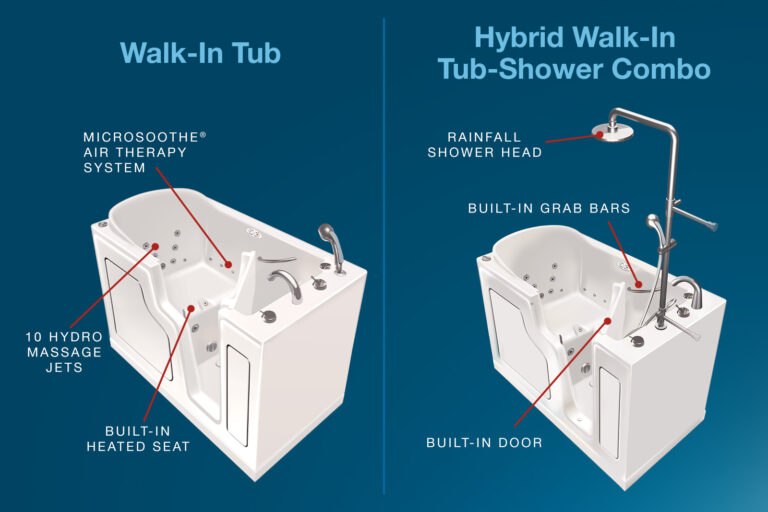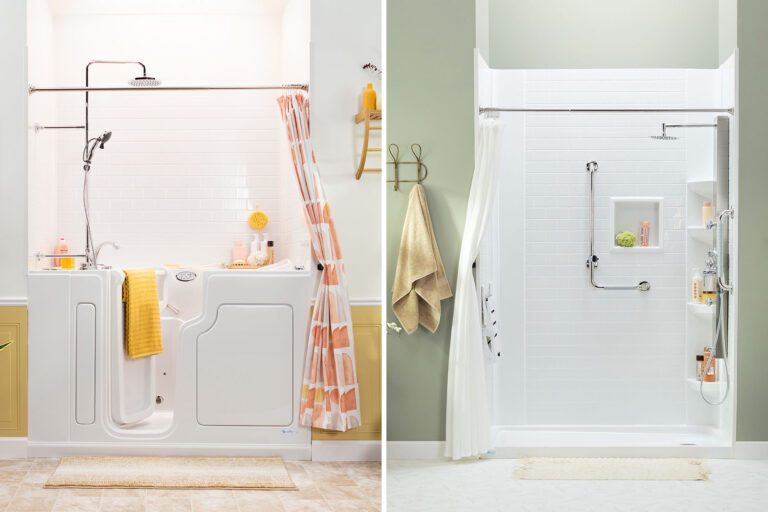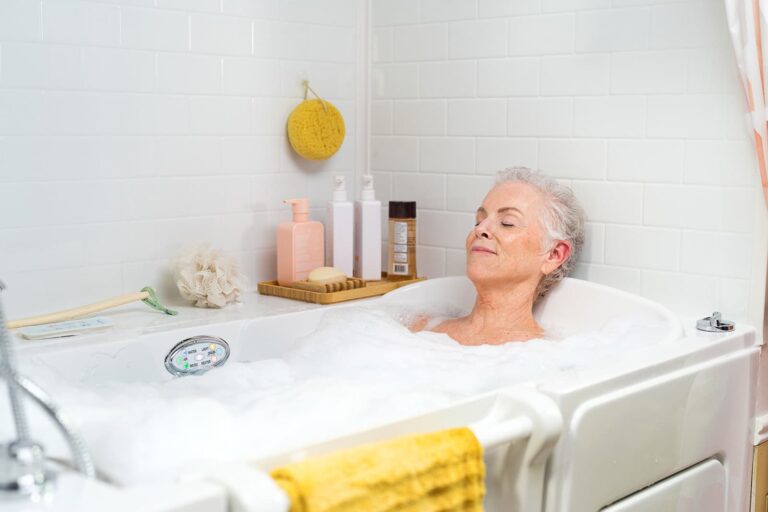How Hydrotherapy Can Help With Poor Circulation

Good blood flow is important to keep cell tissue healthy and your organs in good shape, but as we age, blood circulation can lessen in the limbs. Poor circulation is often associated with muscle pain or cramping in arms, hands, legs and feet—but relief is possible. Natural treatments like hydrotherapy encourage blood flow and relieve pain caused by poor circulation. Read on to learn how different types of hydrotherapy can ease circulation pain for daily relief.
What is Hydrotherapy?
Hydrotherapy, also known as aquatic or water therapy, uses water to soothe symptoms of a variety of conditions. There are many types of hydrotherapy to accommodate the different ways symptoms might need to be treated, including plenty of low-impact options. From gentle exercises in water to a soak in a whirlpool bath, hydrotherapy is adaptable and gentle on muscles and joints, making it ideal for seniors and those with disabilities.
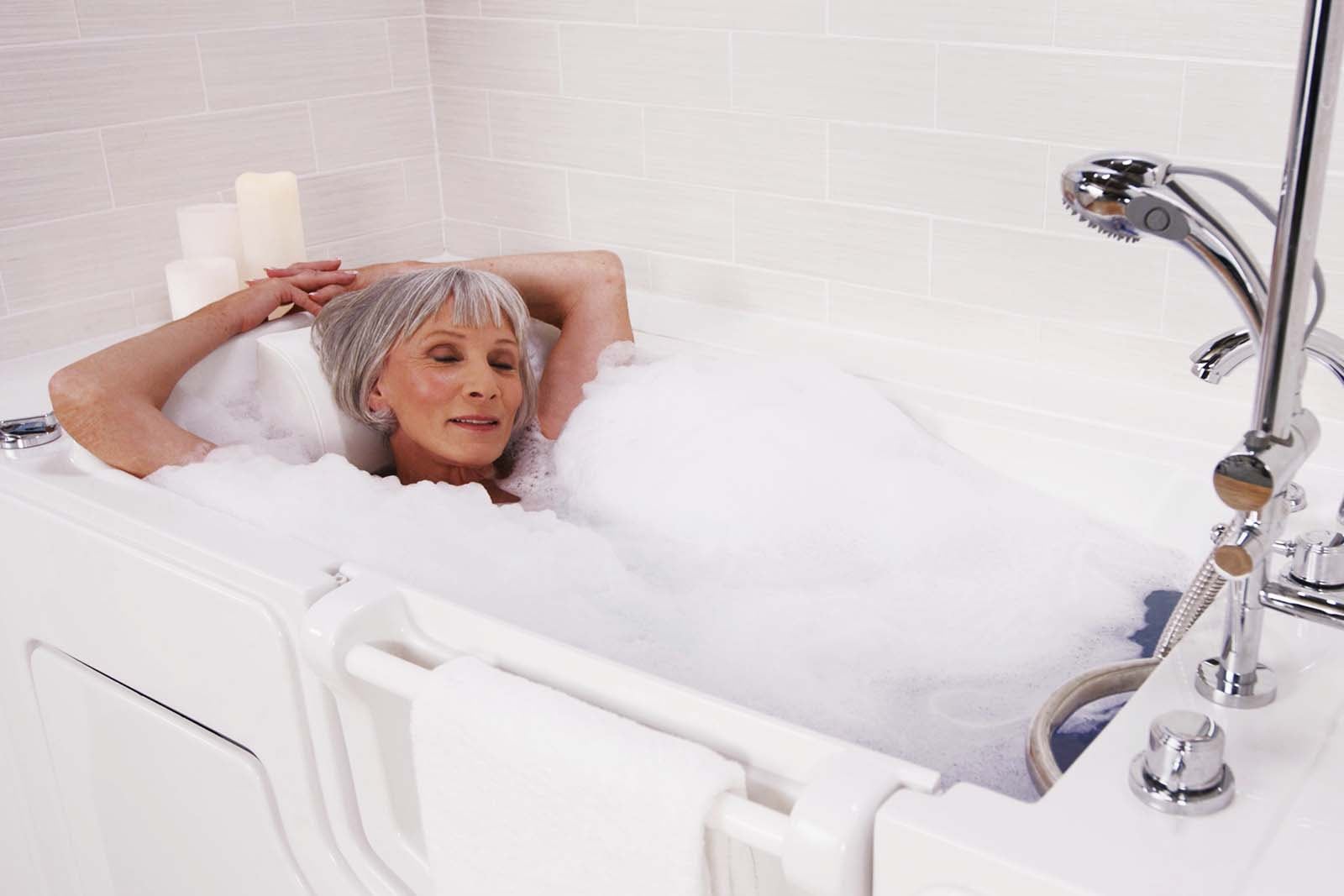
Different Types of Hydrotherapy
Let’s take a look at some of the most common types of hydrotherapy available, whether in-home, through a physical therapist or at your local gym.
- Water Circuit Therapy: With water circuit therapy, you’ll switch between water-based treatments at varying temperatures to soothe muscle aches and pains. A common procedure is 10 minutes in a hot tub, 10 minutes in a sauna and 10 minutes in a cold bath.
- Aquatic Exercise: Exercising in water is a low-impact activity that strengthens muscles without undue strain. It’s a great way for older adults to remain active without putting stress on muscles, joints or bones.
- Steam Baths: Steam baths are humid, warm rooms intended for relaxation after exercise. The humidity and relaxation combine for improved oxygen levels in the body, stimulating circulation.
- Saunas: A Scandinavian tradition found in many gyms, saunas sweat out impurities and encourage stress relief with a tranquil, warm environment. Unlike steam rooms, saunas use dry heat.
- Hydro Massage Jets: An in-home option well-suited to relieve aches and stimulate circulation, hydro massage jets bring therapeutic benefits to your walk-in tub.
What Conditions Does Hydrotherapy Address?
With the different forms hydrotherapy can take, it’s no surprise that it manages symptoms from a variety of conditions. Hydrotherapy can help with symptom relief for conditions like:
- Parkinson’s Disease
- Osteoarthritis
- Rheumatoid Arthritis
- Diabetes
- Chronic pain
- Neuropathy
- Fibromyalgia
- Many neurological conditions
Hydrotherapy Improves Blood Circulation
One of the strongest research-backed benefits hydrotherapy promotes is improved blood circulation throughout the body. The pressure and warmth of the water break up blockages in veins and arteries and relax muscles, both of which aid circulation. Hot water expands your blood vessels, increasing blood flow. The increased oxygen in your blood flow also helps clear lactic acid from sore muscles, providing natural pain relief.
What Are Signs of Poor Circulation?
Unsure whether the symptoms you’re experiencing point to poor circulation? While we always recommend talking to your doctor if you have any health concerns, some of the most common symptoms of poor circulation are below.
- Fatigue: Feeling tired for no specific reason may be due to slower blood flow, which affects your energy levels.
- Varicose Veins: Varicose veins indicate your legs and feet aren’t receiving the blood flow they need. They’re caused by disruptions in blood between your heart and limbs.
- Swelling: When blood can’t return to the heart properly, fluid accumulates in the legs and feet, leading to swelling.
- Muscle Cramps: When blood isn’t circulating correctly, muscles can stiffen and cramp from the lack of blood flow.
- Cold Hands & Feet: Restricted blood flow means less warming blood getting to your hands and feet, leading to noticeably colder extremities.
How Often Should You Do Hydrotherapy?
How often you practice hydrotherapy depends on two factors: the type of therapy and your unique health concerns. Your ideal rotation is always determined by you and your medical team’s best judgment. Hydrotherapy provides enough pressure to make movement easier for sore muscles and joints, so it wouldn’t be as strenuous as performing the same motions outside of water. If you can handle low-impact, gentle exercise, feel free to jump in the pool for daily or weekly aquatic therapy. Similarly, a ten-minute daily soak with hydro massage jets is optimal for pain and stress relief.
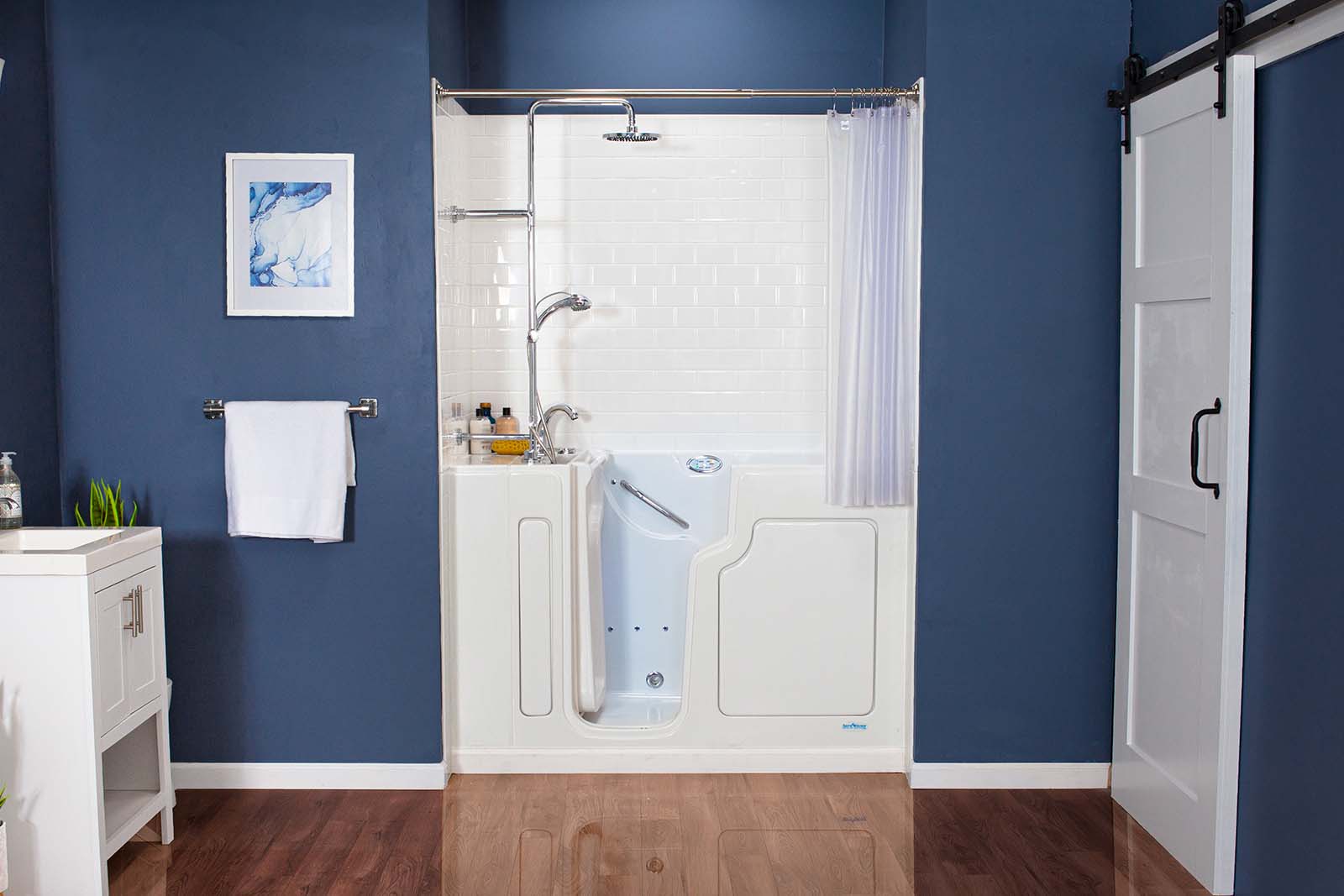
Bring Hydrotherapy Into Your Home
With in-home therapeutic relief at your fingertips, hydrotherapy can become a daily part of your schedule. Our walk-in tubs are designed to be safe, secure spaces you can navigate independently. The ten hydro massage jets in all our tubs offer an invigorating way to enhance daily bathing, with fully customizable speed and intensity settings to ensure you’re getting the comfort and relief you need, exactly as you need it.
Enjoy $1,500 Off Your Walk-In Tub + Free Toilet, Including Installation!*
Request a free quote today!
